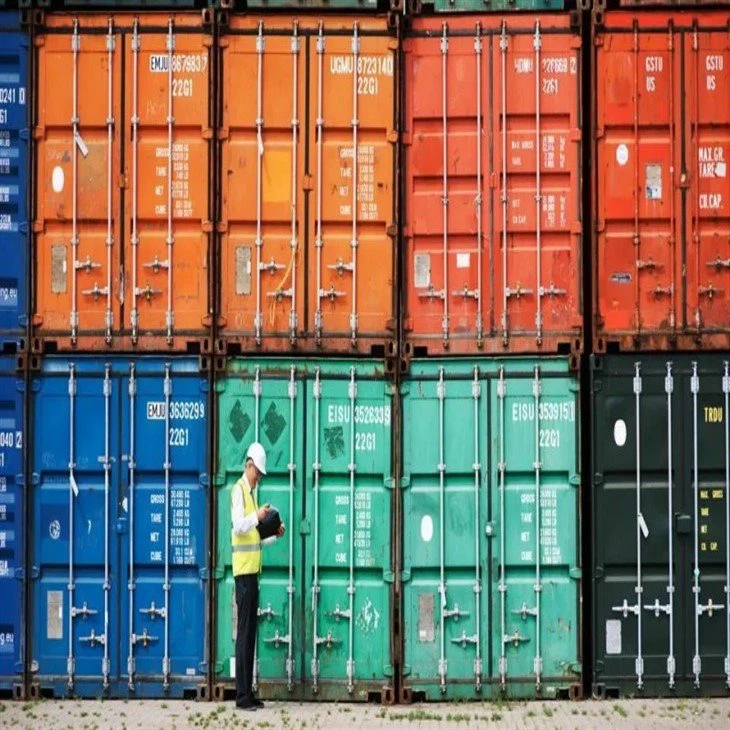Shipping containers are a key component of modern logistics and global supply chains. They have not only transformed the way goods are transported but also facilitated the rapid growth of global trade. As an operator of a freight forwarding website, understanding the basic knowledge of containers is crucial for improving customer experience and optimizing transportation processes. This article will explain the definition, types, and importance of shipping containers in logistics.
What is a Shipping Container?
A shipping container is a standardized cargo transportation tool used for sea, air, rail, and road transport. The primary purpose of its design is to make it easier to load, transfer, and unload goods while ensuring their safety. Containers are typically made of metal materials (such as steel or aluminum), offering resistance to water, corrosion, and pressure.
The standardized design of containers allows them to be compatible with different transportation tools and methods, simplifying global supply chain operations and improving logistics efficiency.
Types of Shipping Containers
Shipping containers come in various types based on transportation mode and the nature of the cargo. Common types include:
Standard Containers: These are the most common type of container, suitable for a wide range of general cargo transportation. The common sizes are 20 feet (20ft) and 40 feet (40ft), with standardized width and height for easy compatibility with various transport tools.
Open Top Containers: Unlike standard containers, open-top containers have a removable roof, making them suitable for transporting oversized or specially-shaped goods.
High Cube Containers: These containers are taller than standard containers and are used for goods that require additional vertical space, such as heavy machinery or bulk items.
Reefer Containers: Also known as "refrigerated containers," these are used for transporting temperature-sensitive goods like food, pharmaceuticals, and chemicals.
Flat Rack Containers: These containers have no sides or roof and are used for transporting oversized, long, or heavy cargo like large machinery or vehicles.
Summary
Shipping containers are an important logistics innovation that has made global cargo transportation more efficient, safe, and convenient. They not only help reduce transportation costs but also improve the security and protection of goods during transit. In the next article, we will dive deeper into the role of shipping containers in global logistics.


